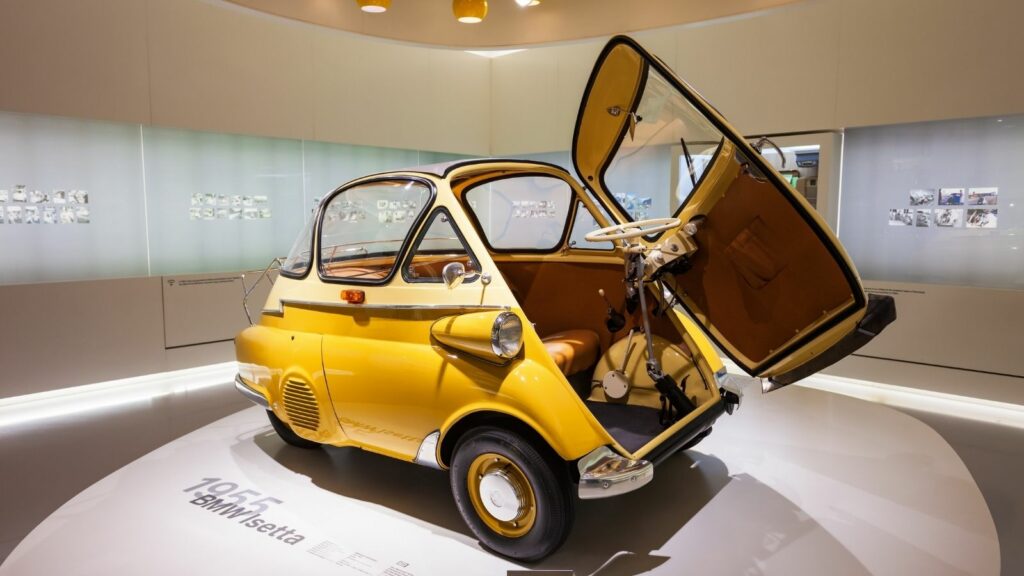Microcars are compact-size vehicles and hatchbacks that were once viewed as a joke. Today, they have become the norm in urban commuting. These microcars have evolved significantly, emerging as a convenient and reliable option for daily ventures around the city. From squeezing into tight spaces to easily navigating congested streets, microcars have provided immense value while maintaining efficiency and an electric powertrain. Here are 12 microcar models redefining urban mobility.
Citroen Ami
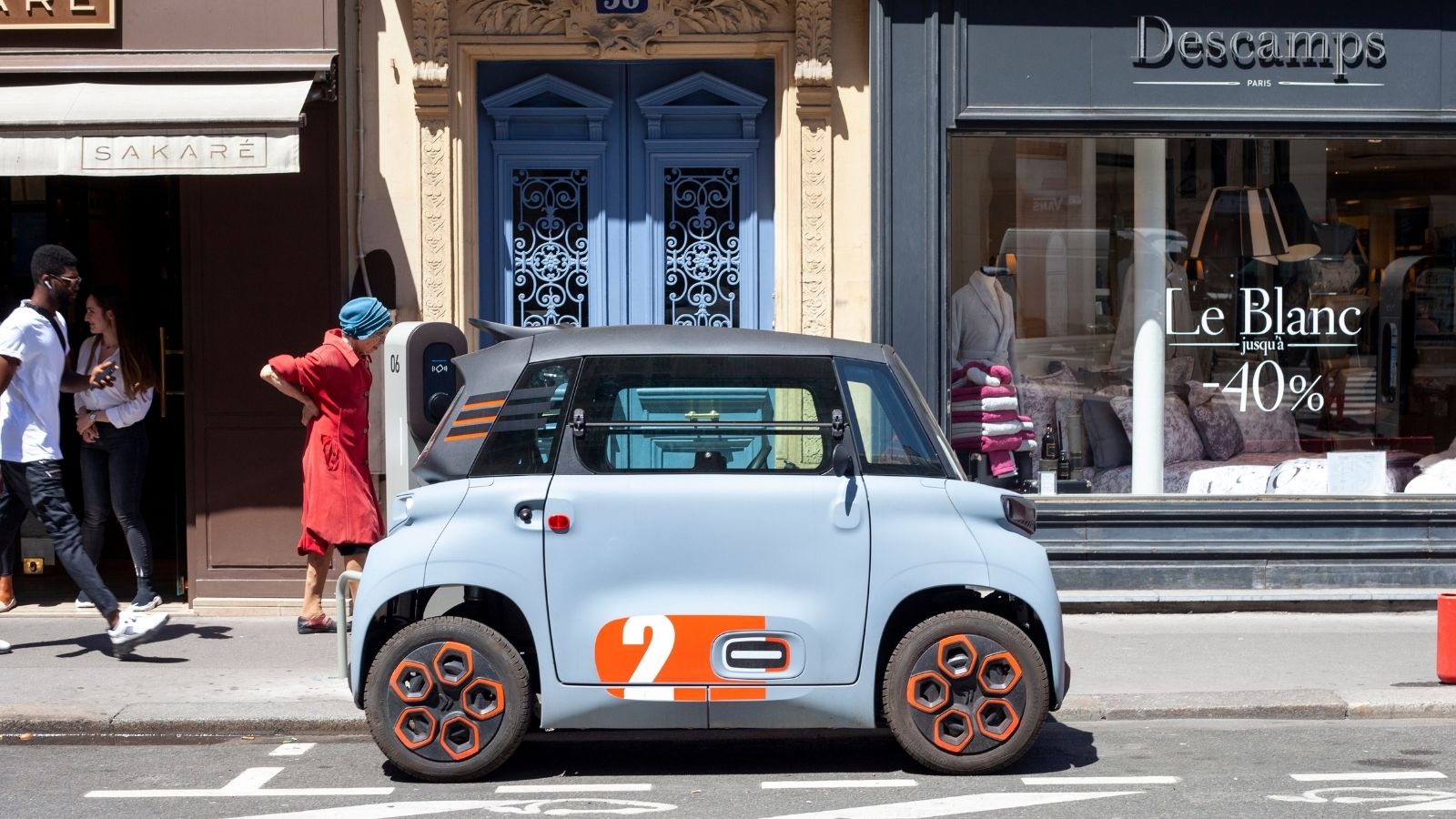
Manufactured by Citroen in 2020, Citroen Ami was a collaboration between the Groupe PSA and Altran. This electric quadricycle consists of a 5.5 kWh battery, allowing it to travel to a 75 km range. The vehicle’s total length is only 2.41 meters, and its ultra-compact nature makes it perfect for urban commuting. The total recharge time is approximately 3 hours, making it possible to use the vehicle for daily groceries and ventures. When it comes to the interior design, a minimalist theme is applied without an infotainment system. Easy to control and maneuver into tight parking spaces, its 45 km/h speed abides by all urban regulations.
SmartForTwo
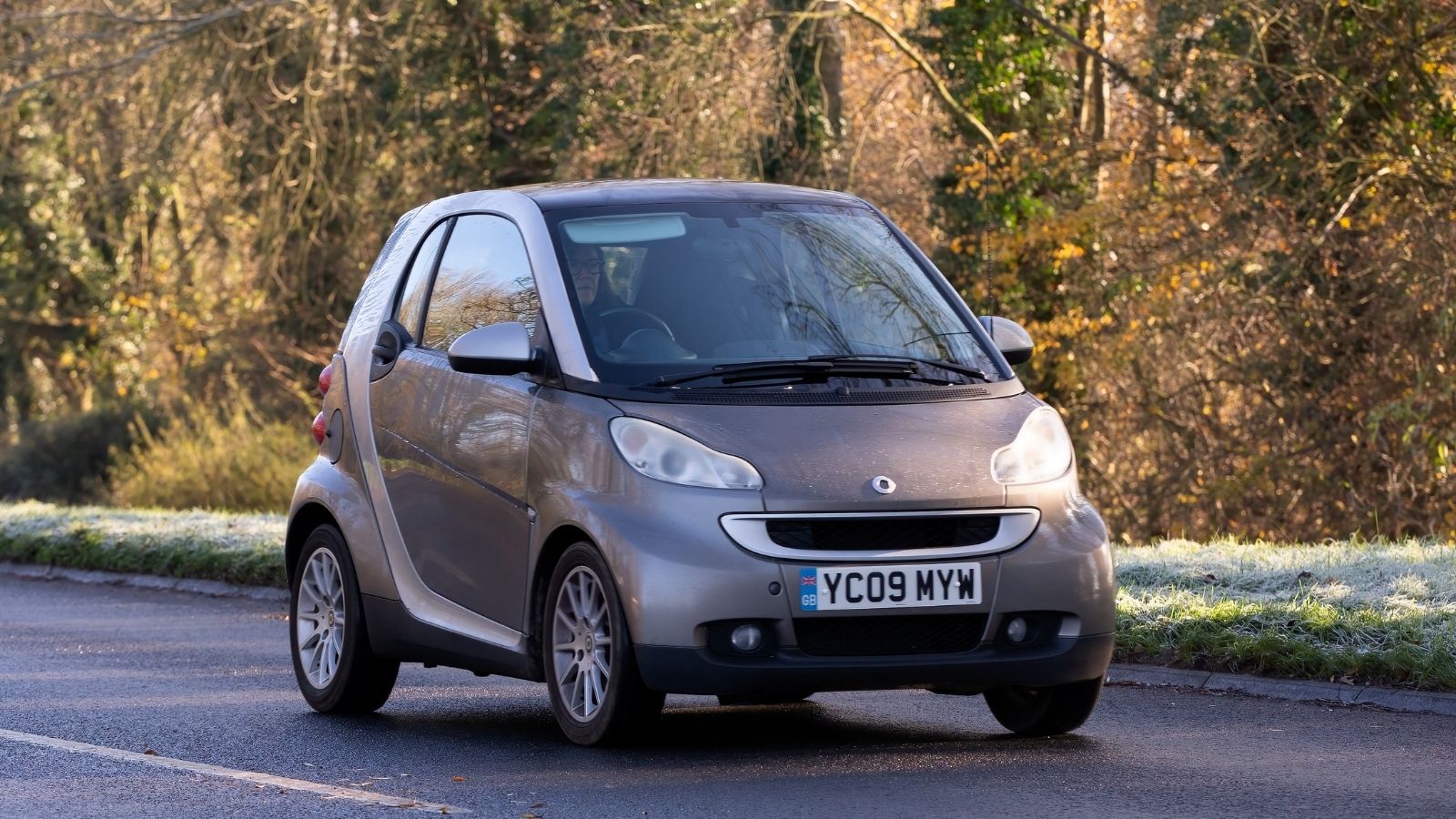
The SmartForTwo lives up to its name: compact, comfortable, and capable of seating only two people. Its manufacturing began in 1998 under the Smart division of the Mercedes Benz group, and its third generation continues to be manufactured to this day. Having a relatively large range of 130 km for urban commuting, the SmartForTwo measures around 2.69 meters. It has performed significantly well in international markets and is a famous microcar in Brazil, Canada, and South Africa with a petrol engine. The nimble handling, agile driving dynamics, and regenerative braking system make the vehicle perfect for urban landscapes.
Renault Twizy
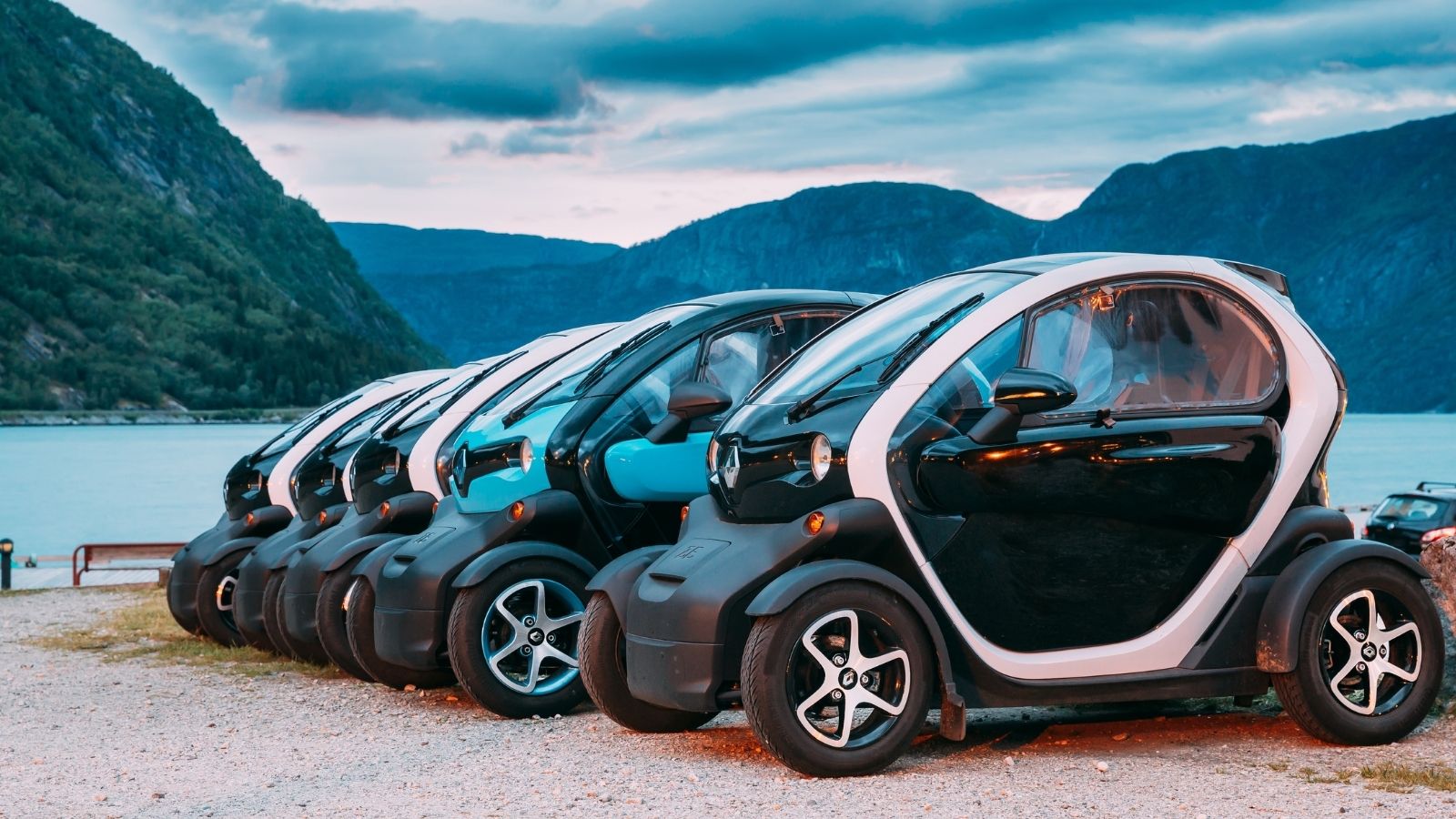
Both the models of the Renault Twizy, be it the 45 model with 4 kW output or the 80 model with 13kW output, redefine urban communing. With its open frame design and tandem seating, this electric microcar aims to provide the same experience while riding a motorbike with car-like stability. Its 6.1 kWh battery and 100km range make it a convenient choice for short trips—moreover, the scissor doors and their size of 2.34 meters long cause no issue in congested streets.
Fiat 500e

Carrying a classical Italian swag, the Fiat 500e is a compact electric car, marked by its iconic design, which resembles the old-school Fiat 500. The size of this vehicle is 3.36 meters long, equipped with a 42 kWh battery and an enormous range. Its differentiating factor is its vast 320 km range alongside its 150km/h powertrain, making it suitable for urban and suburban driving. The interior comprises an infotainment system and a retro design characterized by various digital systems. For its competitive price, this is a suitable option for individuals who require range and sustainability for their daily travels.
Toyota C+ pod
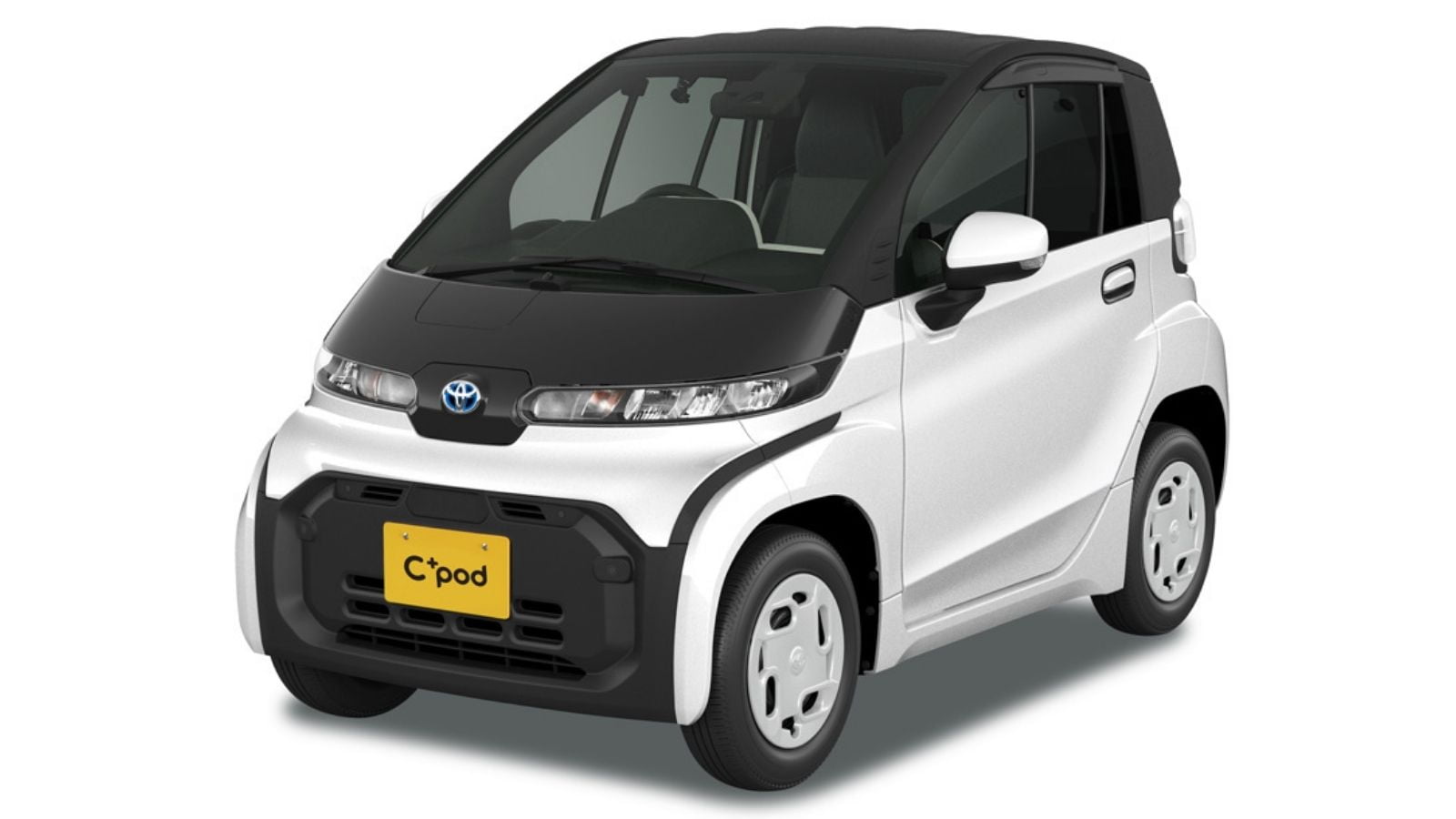
The legacy of the Toyota C+ pod will end by the second quarter of 2024 after nearly five years of production. According to the manufacturers, the vehicle had fulfilled its mission as a compact mobility vehicle, and indeed, it has become a prototype for many others. With a battery of 9.06 kWh, this vehicle had a moderate 150 km range with a 60 km/h top speed. Convenient for any city landscape, the C+ pod is designed for efficiency and low power consumption.
Honda e

Compared to the other microcars, the Honda E has a larger size of 3.8 meters long and 1.7 meters wide without exterior mirrors. The design is minimalistic, and its electric motor produces 100kW or 113kW, depending on the variant. This hatchback consists of a rear-motor and rear-wheel drive with the battery carried at the wheelbase to balance the weight. The enhanced driving dynamics with the Honda Assistant and other technologies make this a reliable option for urban mobility.
Microlino
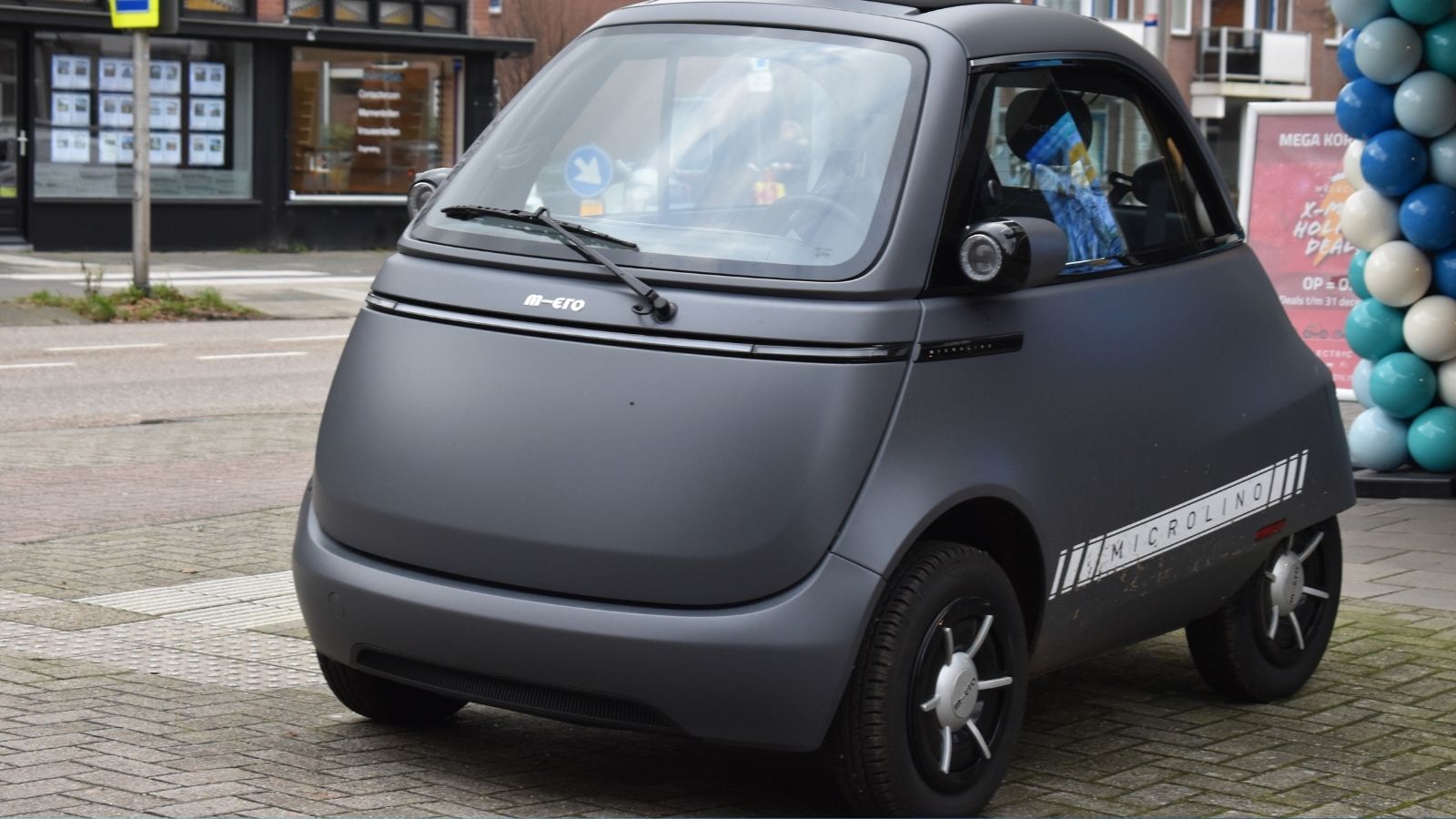
The Microlino stands out with its unique front door opening design, having controversial and mixed opinions. Some claim that it makes it difficult to park, whereas others love this concept for its innovative measures. It comes with a folding sunroof and a battery of 14 kWh that can be charged using a Type 2 plug. This vehicle is inspired by the concept of Isetta bubble cars from the 1950s, weighing only 512 kilograms. A maximum range of 200 km provides an efficient and smooth ride for daily commuting.
MINI Electric
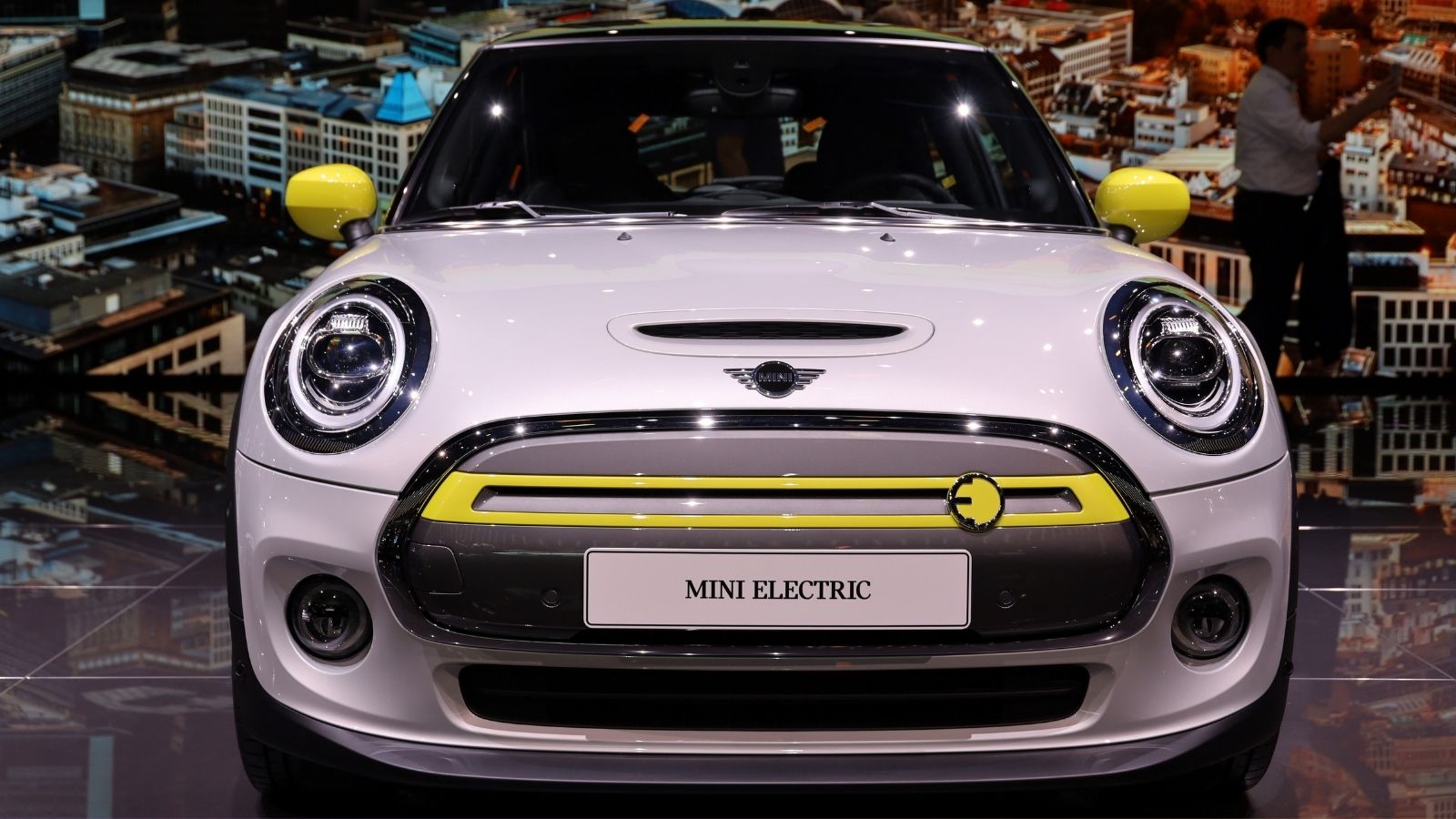
The MINI electric’s 50 kWh battery charges up to 80% in under 30 minutes, making it a compelling choice for urban driving. Its spirited acceleration at 135 kW and a superior driving range of 200 km provide an electrifying experience. The third generation of this hatchback is a result of the unwavering determination and refinement of the previous models. It was featured in the 2020-2021 Formula E World Championship, turning heads due to its performance in combination with the minimalist yet aesthetic design.
Eli Zero

Eli Zero sells itself as a personal vehicle, taking pride in its microcar, which has a simple and friendly nature. Equipped with an 8kWh lithium-ion battery, this vehicle has a total range of 80 km, offering the utmost efficiency. An ideal companion for short commutes, this vehicle has a regenerative braking system, battery heating system, and power-assisted steering. It even has an additional eco mode for increased efficiency and all the basic camera amenities, making this a favorite among consumers.
Arcimoto FUV
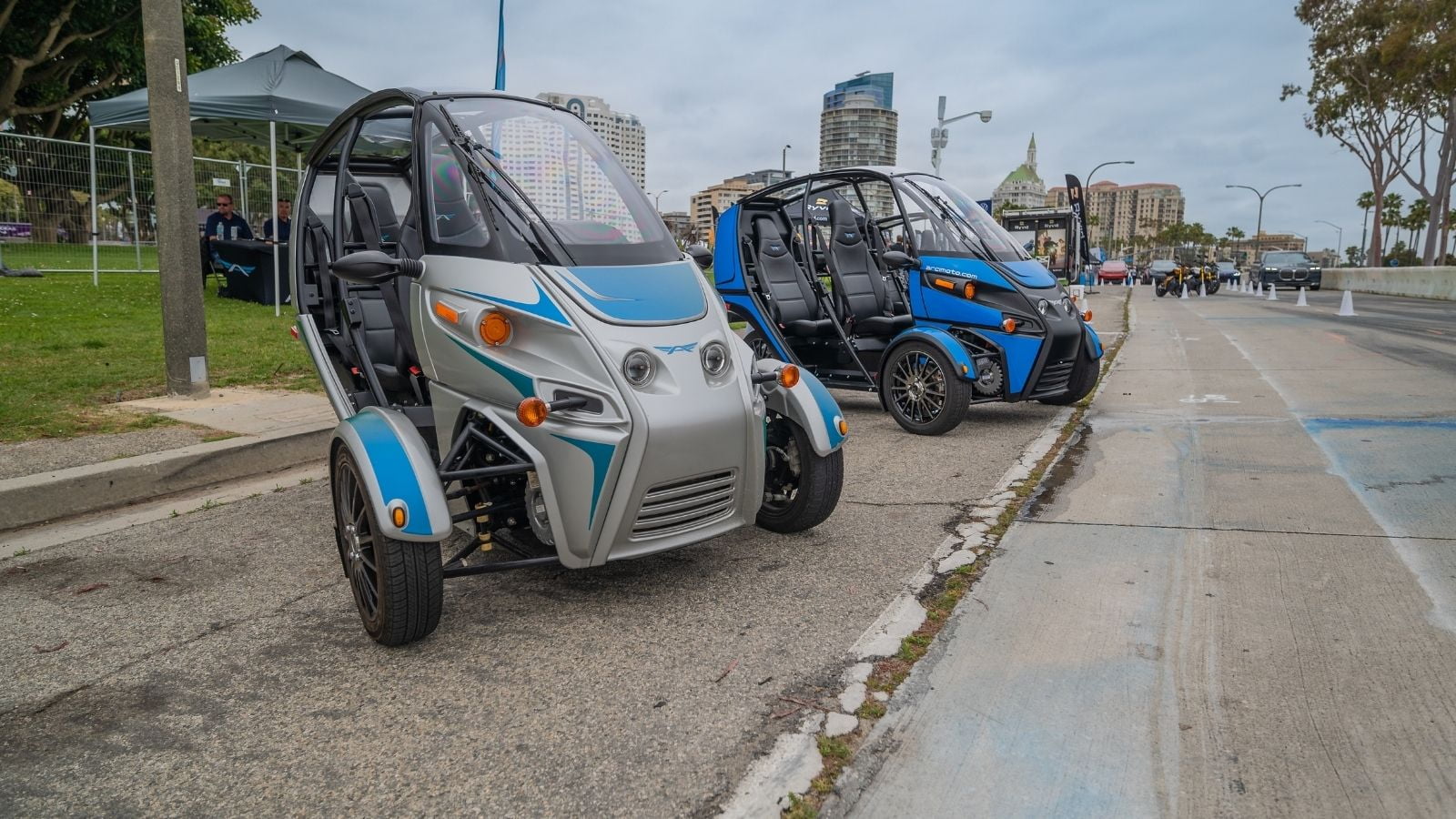
The Arcimoto falls under the microcar class but is an electric, three-wheeled motorcycle with two wheels in front and one at the back. This tricycle takes the form of a car and has a maximum range of 165 km. It is convenient to drive around with its unconventional design and tandem seating. Other modes are the Arcimoto Deliverator, a delivery variant, and the Arcimoto Roadster, an open body without windows.
Aixam City
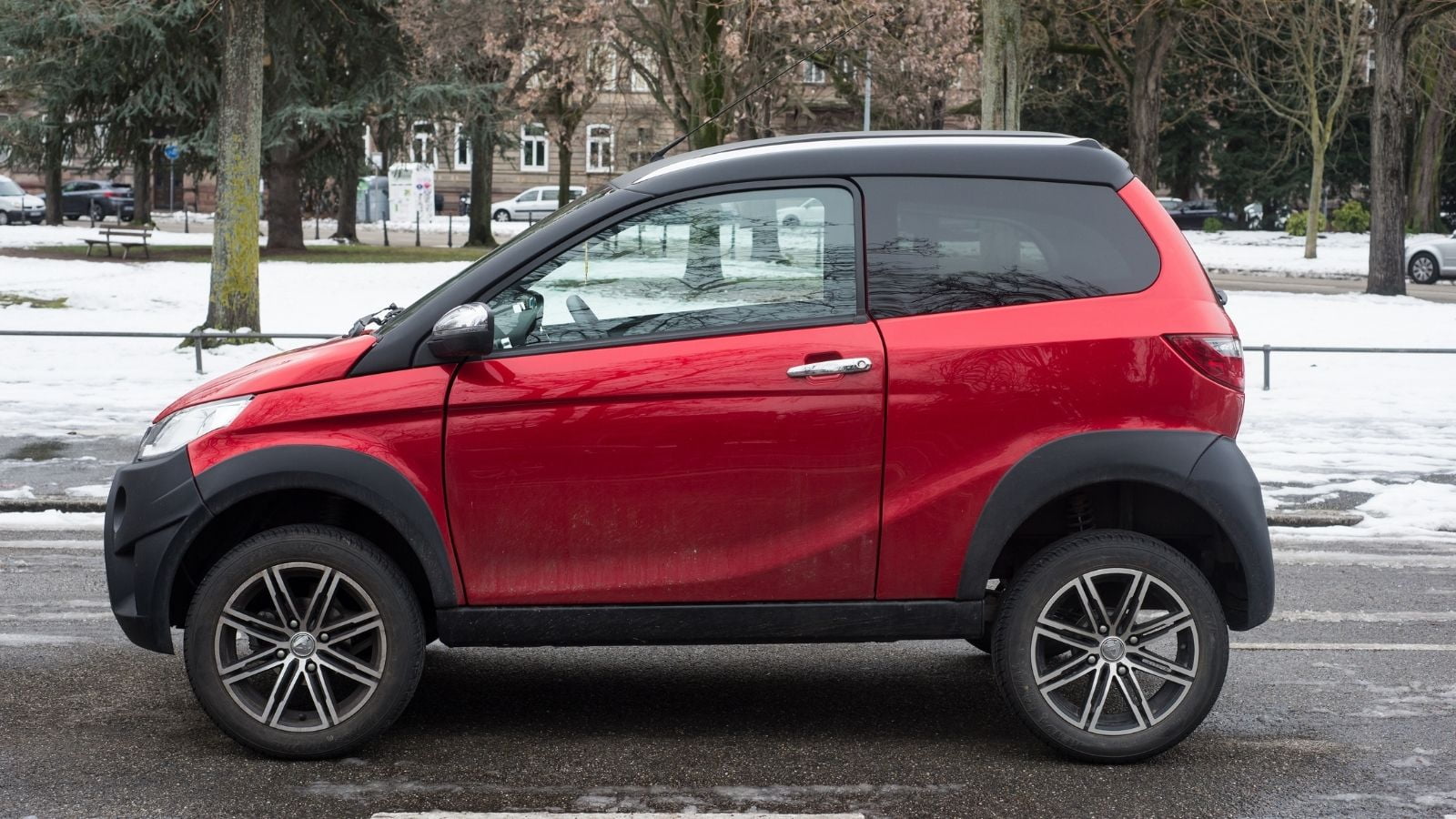
The earliest model of this vehicle, the Mega e-city, was produced by the French manufacturer Aixam and first shown at the 2006 British International Motor Show. The 2017 Aixam City features a 6 kW electric motor, delivering a range of 75 km. Its lightweight, compact size and output are designed to meet urban requirements. Moreover, its top speed of 45 km/h is ideal and a reliable option for smooth trips.
Wuling Hongguang Mini EV
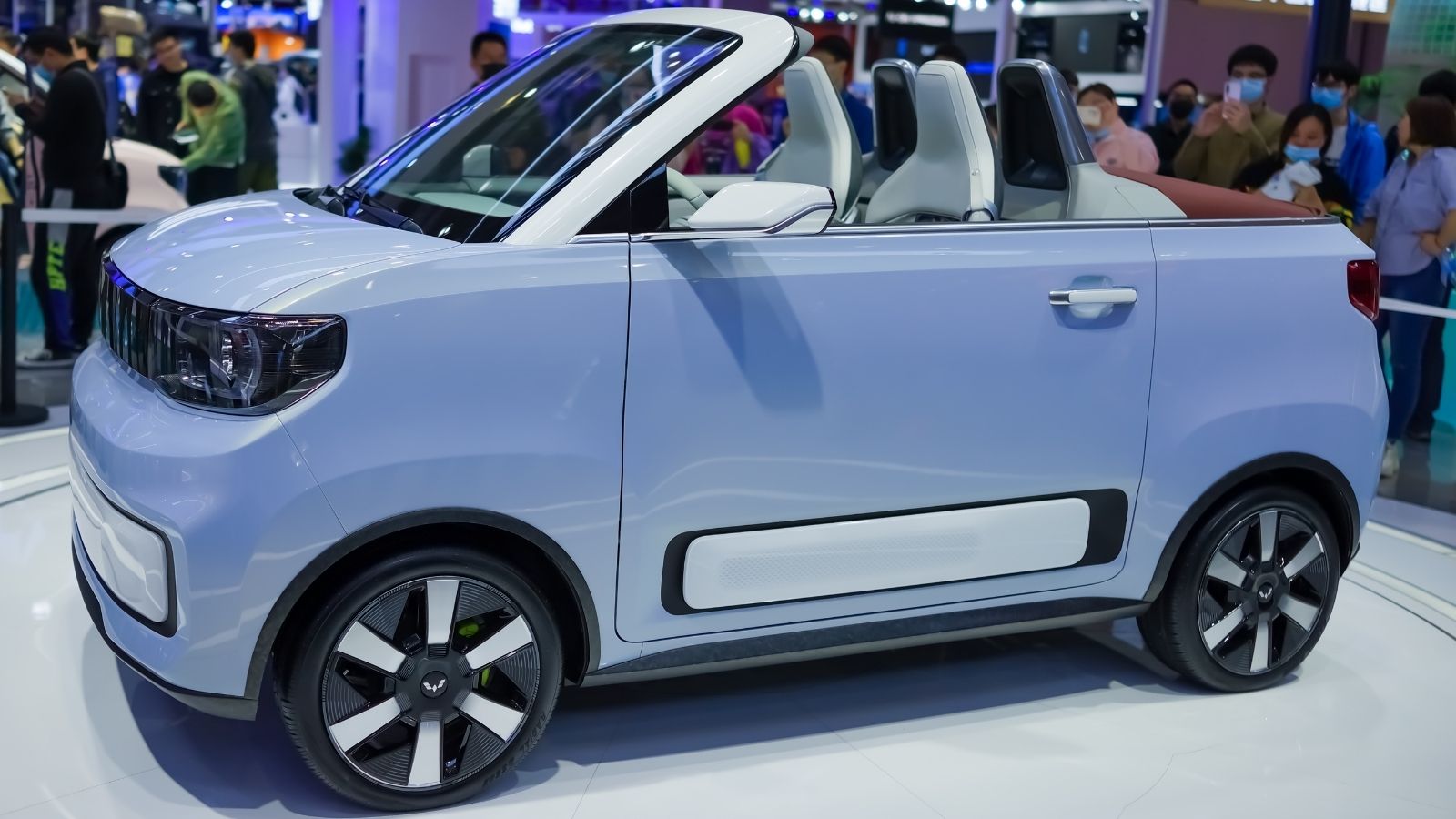
The Wuling Hongguang Mini EV is an electric microcar by the coalition, which includes a Chinese manufacturer, SAIC-GM-Wuling, starting in 2020. It’s one of the most prominent microcars, having surpassed 1.1 million units in sales. Having a 100 km/h top speed and around 170 km total range, this vehicle can seat four people, making it an affordable and excellent option. The 13.8 kWh battery also provides enough energy for urban needs with other features such as anti-lock brakes, tire pressure monitoring, and rear parking sensors.
The 10 Most Reliable Car Brands According to Mechanics
![]() When choosing a car, one of the most crucial factors is reliability. But what exactly does it mean when we say a car is reliable? Reliability refers to the vehicle’s ability to perform consistently well over time with minimal issues. A reliable car requires fewer repairs, is cost-effective to maintain, and offers peace of mind to the owner. In this article, we delve into the ten most reliable car brands according to mechanics, explaining why these brands are trusted and highlighting endorsements from institutions, car experts, and reputable websites. The 10 Most Reliable Car Brands According to Mechanics
When choosing a car, one of the most crucial factors is reliability. But what exactly does it mean when we say a car is reliable? Reliability refers to the vehicle’s ability to perform consistently well over time with minimal issues. A reliable car requires fewer repairs, is cost-effective to maintain, and offers peace of mind to the owner. In this article, we delve into the ten most reliable car brands according to mechanics, explaining why these brands are trusted and highlighting endorsements from institutions, car experts, and reputable websites. The 10 Most Reliable Car Brands According to Mechanics
